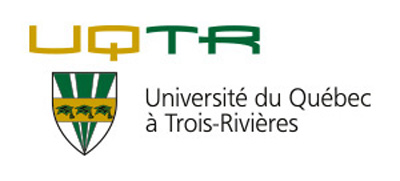Related projects
Discover more projects across a range of sectors and discipline — from AI to cleantech to social innovation.
Mitacs brings innovation to more people in more places across Canada and around the world.
Learn MoreWe work closely with businesses, researchers, and governments to create new pathways to innovation.
Learn MoreNo matter the size of your budget or scope of your research, Mitacs can help you turn ideas into impact.
Learn MoreThe Mitacs Entrepreneur Awards and the Mitacs Awards celebrate inspiring entrepreneurs and innovators who are galvanizing cutting-edge research across Canada.
Learn MoreDiscover the people, the ideas, the projects, and the partnerships that are making news, and creating meaningful impact across the Canadian innovation ecosystem.
Learn MoreCavity-nesting ducks, including the wood duck, common goldeneye, and hooded merganser, are of interest in wildlife management programs due to their value to hunters and conservation groups. The lower Saint John River floodplain (New Brunswick, Canada) is a major breeding region for these species in Atlantic Canada that has experienced significant changes in recent decades. These ducks depend on natural cavities that form in trees to nest, but they will also use nest boxes when available. To improve the availability of suitable nesting space, Ducks Unlimited Canada (DUC) runs a nest box program in the lower Saint John River region to help maintain and increase their populations. An assessment of the program, including how use and availability of nest boxes compares to use and availability of natural cavities, is being undertaken in order to better understand the impacts of the nest box program on these species.
Joseph Nocera
Heidi Harding
Ducks Unlimited Canada
Environmental sciences
Fisheries and wildlife
University of New Brunswick
Accelerate
Discover more projects across a range of sectors and discipline — from AI to cleantech to social innovation.
Find the perfect opportunity to put your academic skills and knowledge into practice!
Find ProjectsThe strong support from governments across Canada, international partners, universities, colleges, companies, and community organizations has enabled Mitacs to focus on the core idea that talent and partnerships power innovation — and innovation creates a better future.













































































































































































































































































































